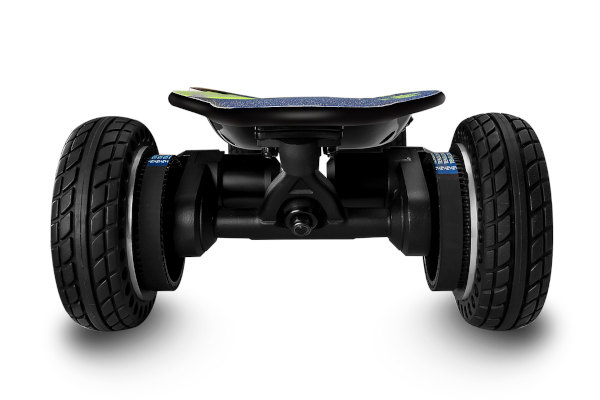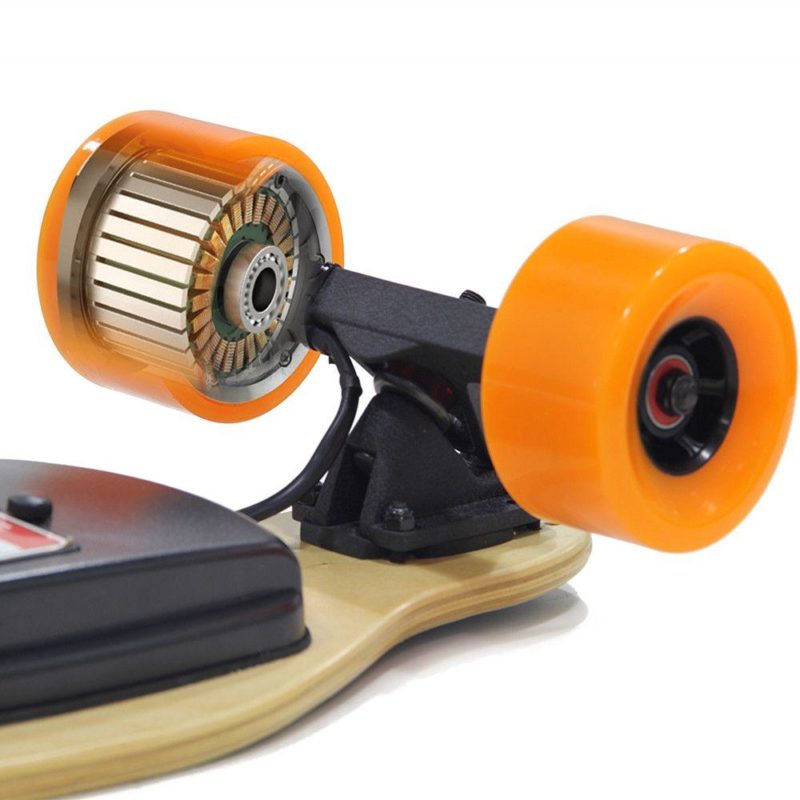Technology
Electric motors
Without a doubt, the electric motor is gradually establishing itself as a real alternative to the combustion engine. But although important data about its autonomy, efficiency, etc. Few know in depth the operation and technology involved in these mechanical and electrical marvels that accompany us every day.
For this reason, at Tomahawk Skateboards, we are starting a series of articles in which we will explain everything related to our electric motors, batteries, chargers, etc.
Comencemos con lo obvio, ¿qué es un motor eléctrico?
An electric motor is basically a machine that transforms electrical energy into mechanical energy. This mechanical energy is translated into linear movement, which, after all, is what transports us or takes us from one place to another and makes us have a great time when we ride our skateboard.
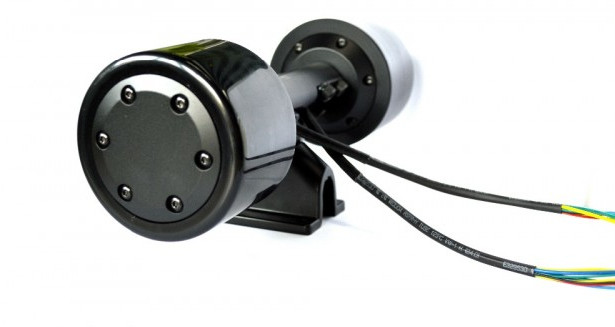
Pero realmente ¿qué elementos del motor hacen que esa energía eléctrica se convierta en mecánica?
Dentro de un motor eléctrico podemos encontrar dos partes fundamentales y sin las cuales un motor eléctrico nunca podría funcionar. Tenemos una parte fija que se llama estátor (stator) y que consta de algunos elementos que dan soporte a la parte rotatoria del motor. Más adelante analizaremos el estátor con un poco mas de profundidad.
La parte rotatoria “que gira”, se llama rotor, esta parte del motor eléctrico es la que transmite la potencia, a través de un eje, al elemento a mover en cuestión, por ejemplo una polea, o las ruedas de nuestro skateboard.
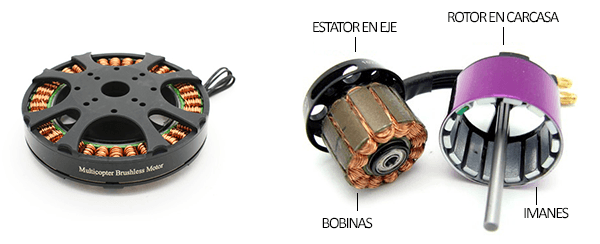
Figura 1. Partes de un motor eléctrico.
En la figura vemos algunos elementos que forman parte un motor eléctrico del cual no hemos hablado, veamos.
En el estátor podemos ver un bobinado de cobre y en Rotor encontramos un grupo de imanes estratégicamente colocados, ¿cual es la función del bobinado y de los imanes?
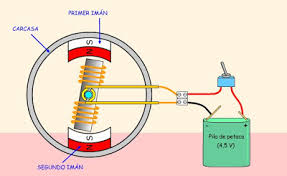
Fig. 2 Funcionamiento general de un motor eléctrico
When an electric current is applied to the coil, through an element called brushes, it generates a magnetic field, this magnetic field, whether positive or negative, is attracted or repelled by the magnets that surround it. We know that opposite poles attract and like poles repel each other, thus generating a small movement in the rotor. If we multiply this small movement by the number of magnets in the stator, we will make the rotor make a complete revolution.
I leave you a small video that graphically explains what we have been discussing.
This simple explanation helps us see very clearly the general operation of any electric motor, taking into account that there are many types of electric motors.
Since we already know a little more about the parts and operation of an electric motor, now we are going to focus on the motors that we find in our skateboards.
¿Qué motores usamos en nuestros patines?
Son motores brushless de última generación y como su propio nombre indica, quiere decir “sin escobillas”.
En este tipo de motor la corriente eléctrica pasa directamente por los bobinados del estátor, por lo tanto el rozamiento es mucho menor. Esta corriente eléctrica genera un campo electromagnético que interacciona con el campo magnético creado por los imanes permanentes del rotor, haciendo que aparezca una fuerza que hace girar al rotor y por lo tanto al eje del motor. ¿Te suena, verdad?
El motor mostrado en esta fotografía es el llamado Direct Drive, o tracción directa. Aquí el rotor del motor soporta la cubierta y es un sistema totalmente fiable y silencioso.
In this type of motors, the element that will control the rotor to rotate regardless of its position will be the electronic variator, which basically does is see what position the rotor is in at all times to make the current that reaches it the adequate one to cause the rotational movement that corresponds to it.
The drive is capable of doing this, thanks to sensors on the motor, or also through the response obtained or rather, observation of how the motor current behaves. For this reason, the drives used in this type of motors are somewhat more complicated than those used in brushed motors, since they must analyze the response and operating data of the motor as they are taking place, that is, in real time.
In future articles we will go into detail about the variators and control electronics that we use in our Skateboards.
Brushless motor nomenclature. What is kV factor?
Cuando hablamos de motores brushless, hay un parámetro importante que debemos conocer, que es factor “kV”. Normalmente aparece junto al número de vueltas de bobinado del motor, y lo que nos indica es el número de revoluciones por minuto a las que es capaz de girar el motor por cada Voltio de electricidad que se le aplica. Es decir, que si tenemos por ejemplo un motor brushless de 3000kV, y le aplicamos a sus bornes 10 voltios, la velocidad será de 30000rpm.

Normally in our skates the battery voltage is 36 to 48 volts, so in the motor in the previous illustration, which is 190Kv, it would be 190 * 36 = 6840 turns.
As we have explained before, it is the variator or speed controller that is responsible for supplying the motor with the adjusted energy to be able to control our speed.
Belt drive motors
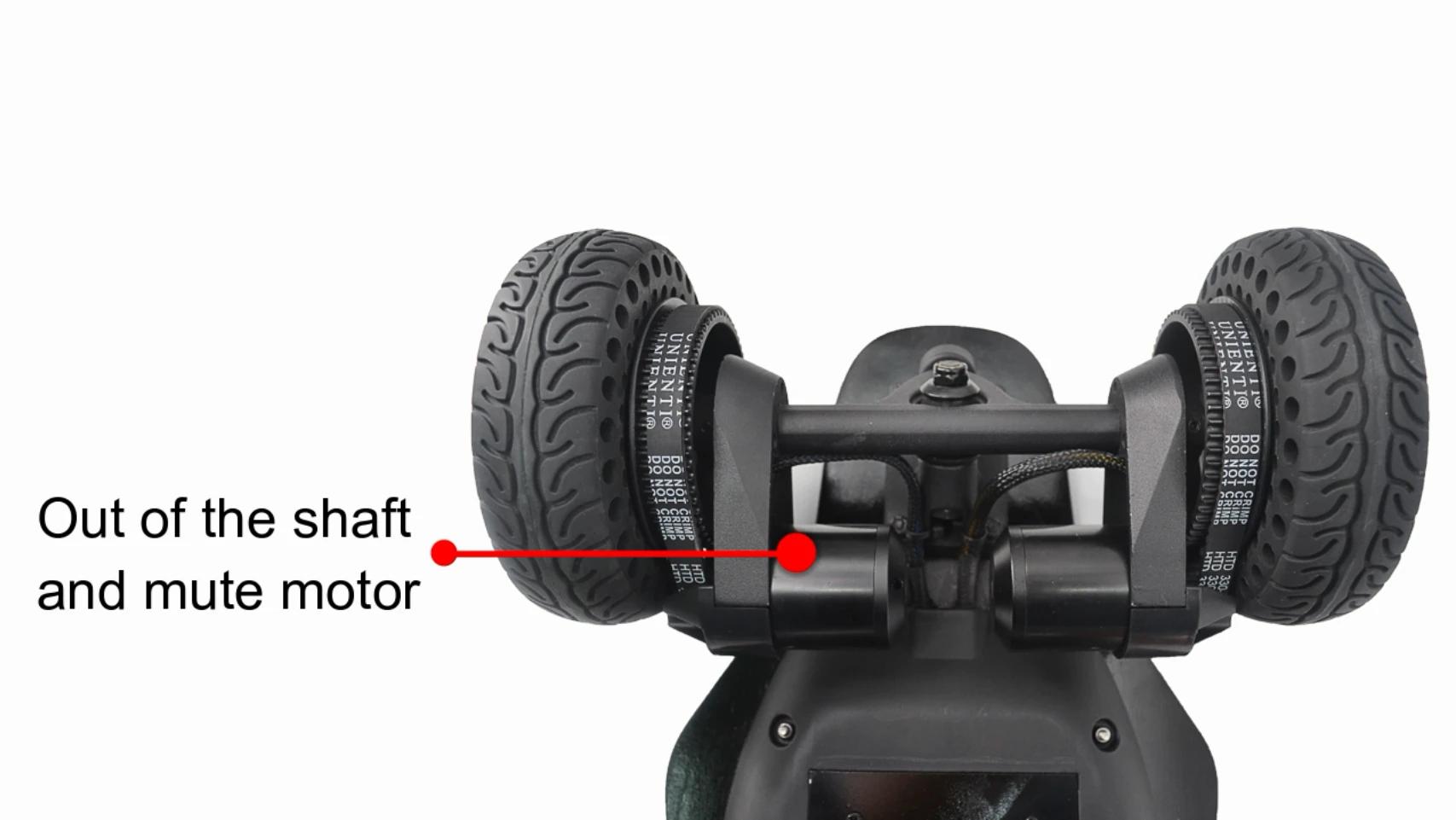
Tomahawk Skateboards, en su afán de innovación e implantación de últimas tecnologías, ha lanzado un sistema que se está imponiendo en el mercado. En este caso los motores eléctricos no varían, pero sí la forma en la que transmiten la potencia a las ruedas, con este sistema de correa dentada, ganamos más potencia de tracción o lo que es lo mismo, más eficiencia.
Nuestro longboard Tomahawk Hatchet, incorpora esta tecnología y es capaz de hacer 22 Km. por terrenos realmente Offroad. No te lo pierdas.
